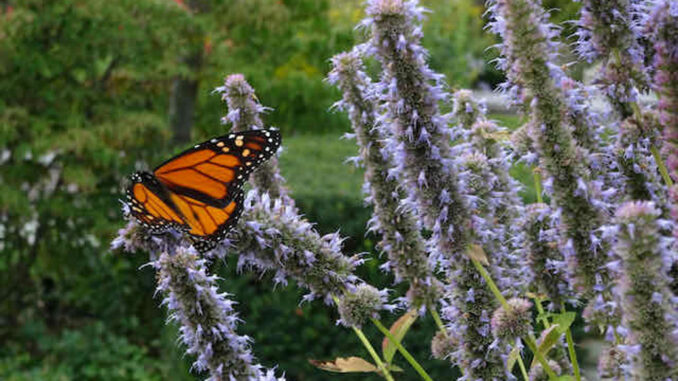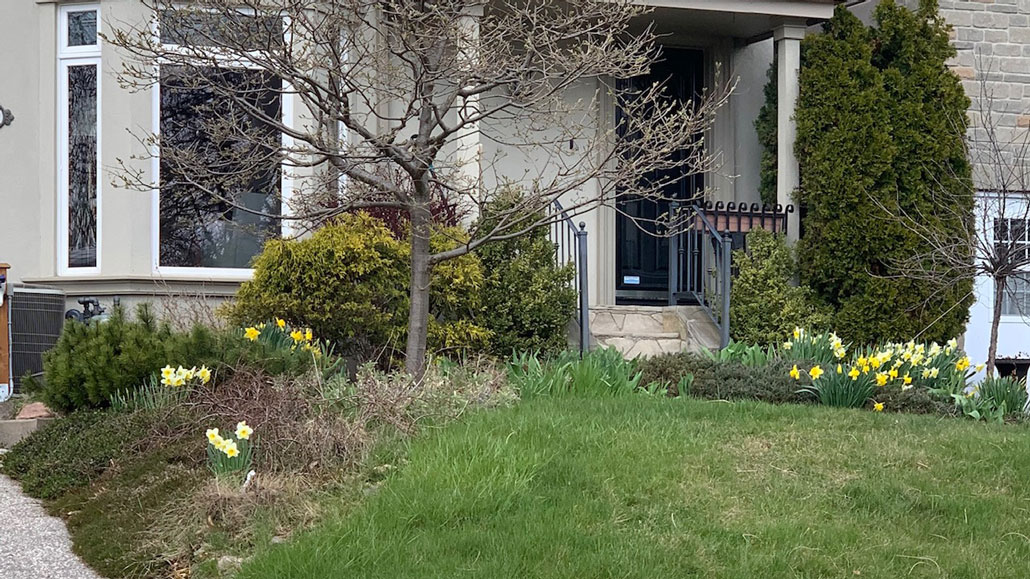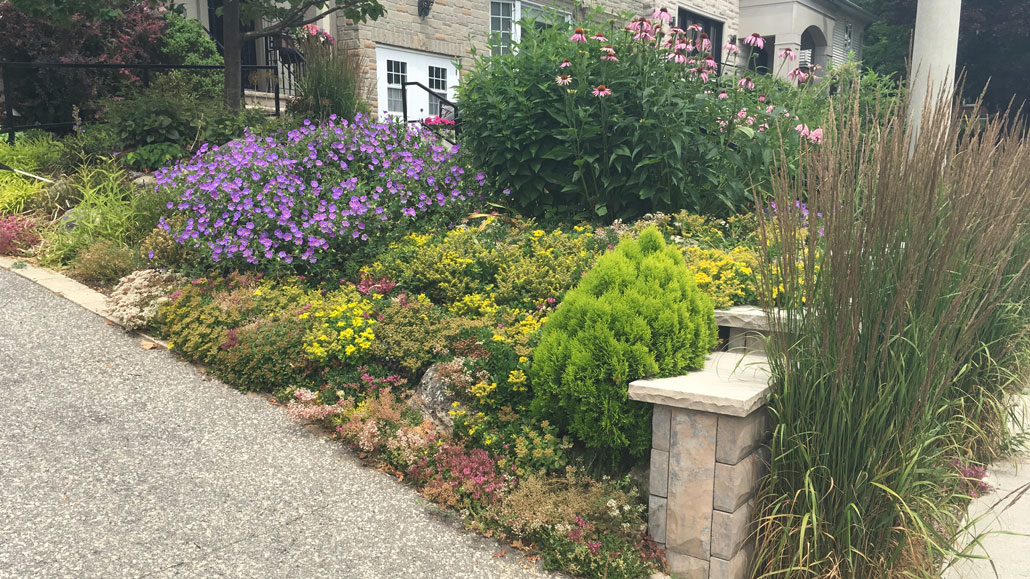
As we celebrate our 110th anniversary, I can’t help thinking about the importance of gardening to our neighbourhood.
Rooted in the DNA of the design Frederick Todd created for us by using the Garden City Principles, gardens and the love of nature might be the very glue that has held our community together so strongly – and greenly.
As our lives and times have changed throughout history, so have our gardens, and they continue to evolve.
Let’s take a look back at how we came to where we are today.
The Frederick Todd plan was officially adopted in May of 1913, but development got off to a slow start.
Fun Fact: Coincidently, Sheridan Nursery opened their doors in 1913. According to their well-documented history, there wasn’t much gardening here at that time. They started their own nursery specifically to bring the “English garden style” to Toronto.
By 1929, there were only 68 homes surrounded by vacant lots where wild fruit trees grew freely on the remnants of old farmland.
In Jane Pitfield’s book “Leaside” in the section ‘Memories of Leaside,’ an early resident wrote: “My mother grew all of our fruits and vegetables. In the spring, there were lovely wildflowers at the Waterworks, such as jack-in-the-pulpit and dogwood. Leeks were also in plenteous supply!”
There are others who mention the many Victory Gardens and picking wild fruits and berries.
As Leaside became more developed, so did the look of our gardens.
But it wasn’t until the 50s that the ‘Leaside Look’ became a thing. By that time, street trees had been planted and the remaining dirt roads paved. And like so many other suburbs built at that time, the neat, weed-free lawn was considered a key element in the landscape. Individual expression was seen in the choice of foundation plants of flowering shrubs…and most likely purchased from Sheridan Nursery.
Fun fact: Before the 50s, clover was considered an essential part of a healthy lawn. It only acquired weed status when the earliest 2, 4-D herbicides killed it off along with the dandelions.
This was the beginning of the golden age for suburban gardens and a heyday for the chemical industry. Budding gardeners seemed to have a fascination with big showy plants and flowers which required herbicides, pesticides and specific fertilizers – or at least, that’s what they were told.
Garden clubs and plant societies began to sprout like weeds.
Fun fact: Most gardeners know that Canada Blooms was the brainchild of the Garden Club of Toronto. But did you know they launched their first Flower Show in 1954 at Leaside Memorial Gardens?
Welcome, Leaside Garden Society
1986 saw the birth of the Leaside Garden Society and ever since, it has had a tremendous influence on how many of our gardens look. Along with their garden tours and awards, they have set the bar with their knowledge and high standards.
While other garden groups have seen dwindling membership, the LGS is a true success story. I think it’s because they are so connected to the community with all the good work they do and their ability to adapt to our changing world. Along with their new Territorial Acknowledgement to our First Nations, our LGS has become more concerned about the health of our environment and committing to such important issues as protecting pollinators by planting native habitats. They even won an award for their Butterfly Canoe!


Today, more and more gardeners are taking a holistic approach and embracing regenerative gardening, hoping to restore the environment and encourage long-term sustainability as well as increase biodiversity and resilience.
Campaigns such as No Mow May are helping, not only to feed some of our hungry pollinators, but more importantly, are helping to change our perception on what is truly beautiful.
And here’s one more fun tidbit. In numerology, the number 110 serves as a reminder for us to make better choices when it comes to relationships and other aspects of life. It also stands for enlightenment and positive change. Interesting!
From forest to farmland to a Garden City, the nature of this land (we call Leaside) has changed dramatically over time. And will continue to change – just as we do.
I wonder, what will Leaside gardens look like 15 years from now when we celebrate our 125th?


